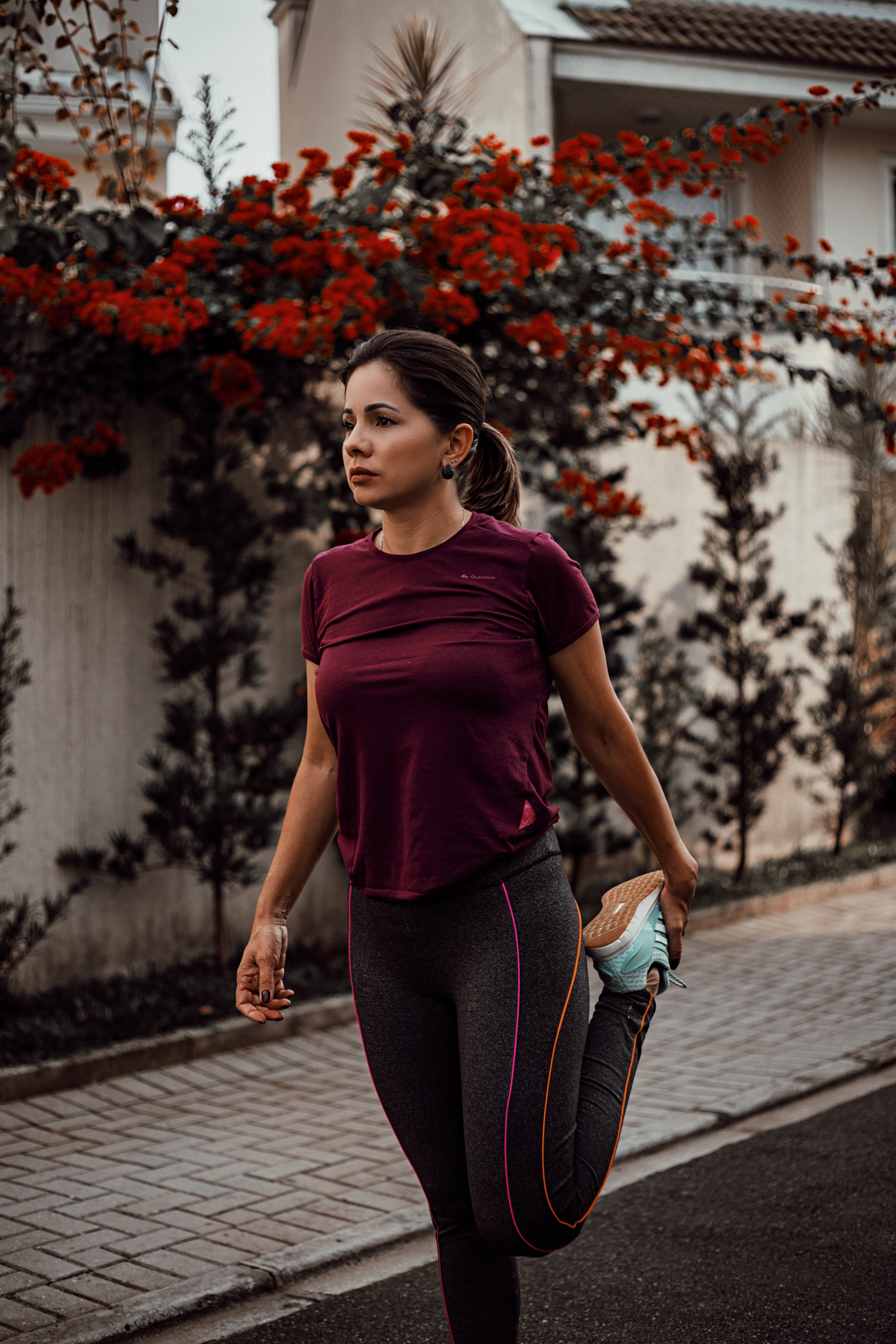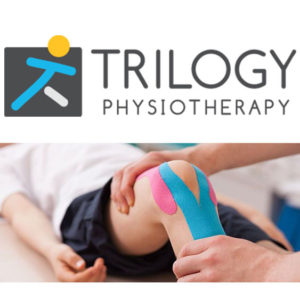Self Testing for Restrictions, “ Try this at Home”
Posted onSelf Testing for Restrictions, “ Try this at Home”
Written by Jim Marinow a Registered Massage Therapist, Fascial Stretch Therapist and Tui Na Practitioner at Trilogy Physiotherapy.
First off, you will need a 12 foot ladder, a blindfold, a pair of flip flops and some bacon grease…… oops sorry, that’s the Intro to Parkour article.
As a therapist, whenever I treat an injury I always want to know “the why’. When a patient tells me that something hurts, I want to know why that muscle, ligament, tendon or joint failed to perform. Understanding the cause makes it easier to both treat the injury and prevent its recurrence.
In practice, this looks like something along the lines of, “OK, so now that we have that injury feeling better, here is the exercise(s) you should do before every workout to keep it from getting re-injured’.
An absolute best case scenario is when I can identify ‘an injury’ before it happens. Sound like Voodoo? Not really.
Weakness, imbalances in strength, or excessive tightness are all warning signs that if you place that structure (joint, muscle, ligament) under weight-bearing stress or repeated use, it may result in a painful tear or just gradually develop into an area of chronic injury.
Our bodies are remarkable mechanisms. When we ask them to run, they run, if we want them to throw a punch or a ball, they will perform. The problem is, that if one of the muscles (or joints) that is supposed to be involved in that movement pattern is not fully up to the task, then something else will take over to perform that movement for you. While this sounds great, it can easily lead to dysfunction and pain when a stabilizer muscle is trying to do the work of a driver’s muscle, YIKES!
Preventative maintenance: (Prehab) is always way easier and far more pleasurable than treating an injury (Rehab).
As a part of my practice, I offer my patients a comprehensive assessment that takes into consideration the activity/sport and then identifies any vulnerabilities. Armed with this knowledge you will be able to integrate the necessary stretch, strengthening or activation exercise into your warm-up or warm down that will help keep you moving optimally and pain-free.
Try this at home:
- Stand barefoot with your feet shoulder-width apart
- Slowly raise your Right knee to just above hip level as you stretch your right arm up above your head towards the ceiling
- Hinge at the hip and start to bend forward (Keeping your spine in a straight line) as you reach your right hand down towards the floor, simultaneously stretch your right leg back towards the wall behind you keeping it parallel to the floor.
- Touch the floor with your right hand about 12 inches in front of your foot (feel free to bend your left knee to get down there)
- Slowly return to start position and repeat 5 times without letting your right foot touch the floor
- Repeat on the left.
Observe:
Was one side stronger or more balanced than the other?
Were you unable to perform the exercise at all?
Were you wobbling a lot through the movement?
Did your support knee move from side to side as you reached for the floor?
Was anything painful or uncomfortable through the movement (Knee, Hip, Ankle)?
If you struggled with the exercise, that’s fine, it’s not supposed to be easy. If you answered yes to any of the above, you may be experiencing some instability or weakness that can become problematic when you run, squat, lunge or climb.
Manual Therapy/Massage Therapy can help to activate a muscle that has stopped doing its job or is taking a temporary break. Releasing tension in muscles adjacent to an area of instability also helps get movement patterns to normalize, and will make your stretching routine far more productive.
Book an assessment to get the most out of your time at the gym or at your chosen Sport.
Jim Marinow is a Registered Massage Therapist, Fascial Stretch Therapist and Tui Na practitioner. He can be found at Trilogy Physiotherapy and Trilogy at Kingsway Boxing


